Looking Forward with Legacy Application Logging
When developers think of log files and log analysis, their minds typically transports into the world of contributing factors and incident remediation. However, analyzing log events doesn’t always need to be about a specific bug and its corresponding resolution. In fact, log analysis can be a very useful resource for organizations looking to develop a more high-level and large-scale plan for their application moving forward.
Any application that stands the test of time will reach a point in which it needs to be modernized, either partially or in full if it is to remain a viable solution for its end users. The trick is to decide how to revamp the application so that the modernization effort provides great value to both the organization and end-users. Log analysis and the use of a robust log analysis platform can have a large impact on a business’s plan for modernizing an application.
Why is Modernizing an Application Important?
There are a host of important reasons for modernizing an application. These reasons revolve around improving application quality and reliability and revamping potentially outdated development processes used within the team. In doing so, an organization can streamline portions of the application development process and provide themselves with the opportunity to improve and expand their business.
Decreased maintenance leads to increased innovation
Application modernization typically involves moving off of older, antiquated frameworks and technologies and onto newer ones that experience fewer failures and are easier to support. This move results in a reduction in the amount of time that development and operations teams need to spend in order to keep the system up and running. This streamlining, in turn, frees up resources that the business can then leverage to refine functionality, thereby empowering the team to provide greater value to their end-users.
Improved system security and compliance
It’s no secret that outdated code, frameworks, and technologies are more likely to be susceptible to both security vulnerabilities and compliance issues.
For organizations collecting personal and financial information about their customers, modernizing an application represents an opportunity to build with security and compliance in mind by baking it into their application. Rebuilding that application provides developers and operations teams with the opportunity to improve adherence to industry standards for compliance and to utilize libraries, frameworks, and tools that provide an inherently increased level of awareness of security needs than those developed years ago.
This shift is representative of a more complete solution than identifying and reacting to security and compliance shortfalls in a legacy system or attempting to bolt fixes onto an outdated codebase or infrastructure.
Improved development processes lead to an increased speed of delivery
Modernizing an application provides the opportunity for teams not only to upgrade their legacy applications but also to make upgrades to their development processes, undoubtedly leading to an increased speed of delivery. Modernization projects represent a natural entry point for the adoption of modern development practices, including continuous integration, continuous delivery, automated and continuous testing, etc.
These practices help organizations deliver changes to their applications in less time and with an increased level of quality and stability.
How Can Logging in Your Legacy Application Help with Modernization?
So, keeping the advantages of application modernization in mind, how can logging in a legacy system help drive the modernization process? A few uses for legacy application log data and the resulting analysis of this data come to mind.
Identifying system components subject to frequent errors and performance problems
We all know that log analysis is of great use in determining the contributing factors of specific issues occurring within an application. However, it can also be useful when attempting to analyze the bigger picture.
One aspect lending insight to the bigger picture lies in identifying which components of a system are experiencing high error rates or great levels of latency. In the event of a gradual migration to a newer system, such insights can provide development organizations with the information they need to choose which components should be given priority in the modernization effort. Focusing on those elements that are contributing to overall application quality issues such as frequent failures or excessive slowness will help the organization increase the reliability of the product in the fastest manner possible.
Identifying areas in need of an overhaul in user experience
Just because a legacy system component isn’t experiencing obvious shortfalls such as performance issues or frequent runtime errors doesn’t necessarily mean it shouldn’t be an area of focus in an application redesign.
For instance, consider the case of modernizing an application designed for streaming music. In this case, there could exist a feature that allows for building playlists to share with friends. If users frequently begin the process of creating a playlist but fail to follow through, it’s possible this feature could be due for an overhaul to improve intuitiveness and overall user experience.
Log analysis can be utilized to provide insights into user behavior, enabling development organizations to identify features with room for improvement in these areas and thereby helping organizations make decisions about which components of a legacy system require greater attention within the modernization effort.
Choosing the Right Logging Solution
There are several paths available to those teams modernizing legacy systems. There is the all-or-nothing approach of rebuilding an entire system at once, and there is the gradual modernization technique where the system is overhauled on a component-by-component basis.
With the latter, it will prove extremely valuable to choose a log analysis platform with the ability to monitor the remaining legacy components in conjunction with those that have been moved. By ensuring these logs are available in a centralized location, developers and incident response personnel will have all relevant information at their fingertips. This ability goes a long way in empowering efficient and effective incident response processes.
Mezmo, formerly known as LogDNA, is one platform with these capabilities. A cloud-based log management solution, Mezmo provides mechanisms for easy collection, aggregation, analysis, and visualization of system and application log events. Their platform serves to enable development organizations to derive actionable insights from their logs as quickly as possible. All in all, that capability helps reduce the time it takes to resolve application issues, enabling the tooling development and operations personnel to make the best use of their time and provide value to their end users.
This post is part of a larger series called Logging in the Age of DevOps: From Monolith to Microservices and Beyond. Download the full eBook here.
.jpg)

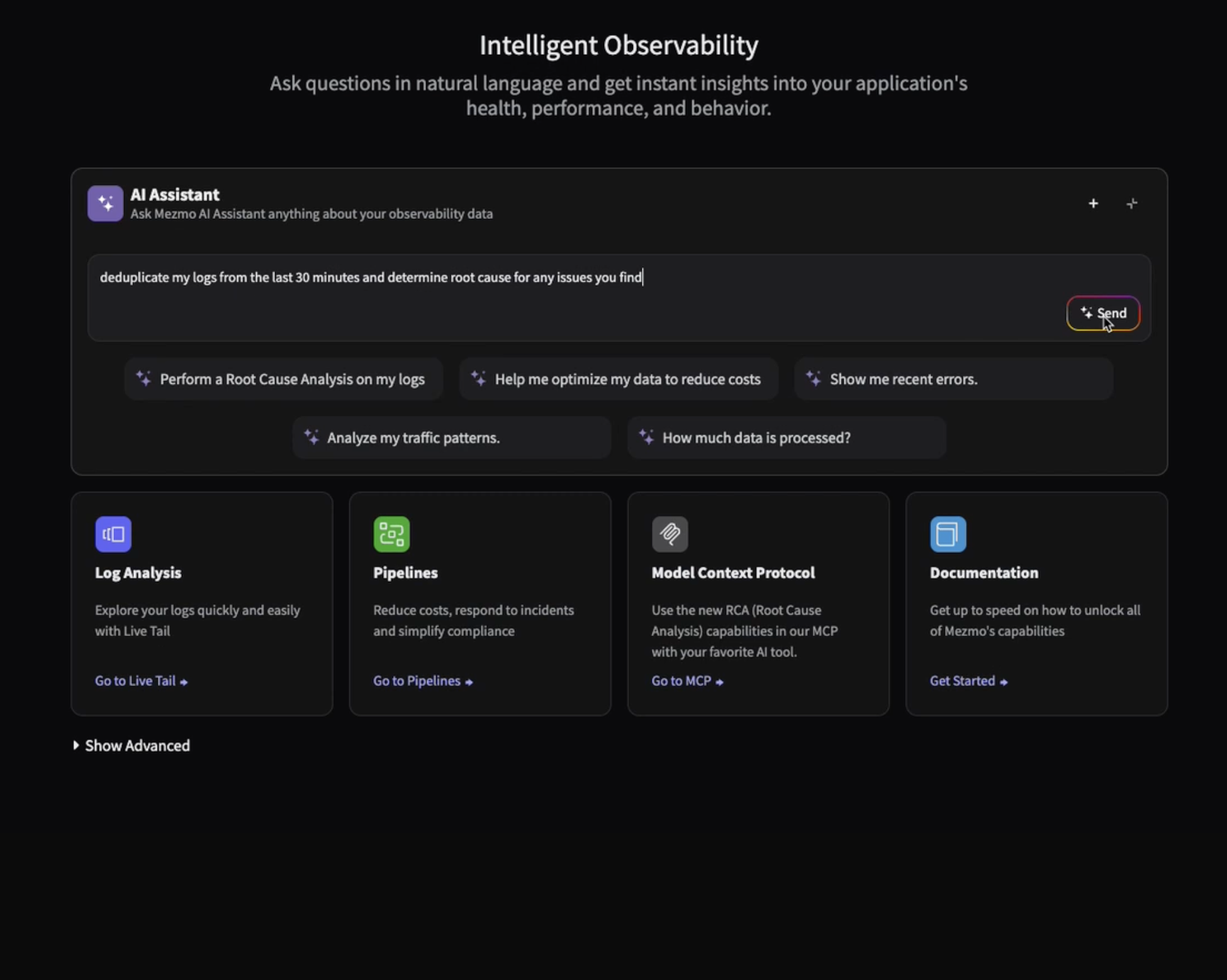
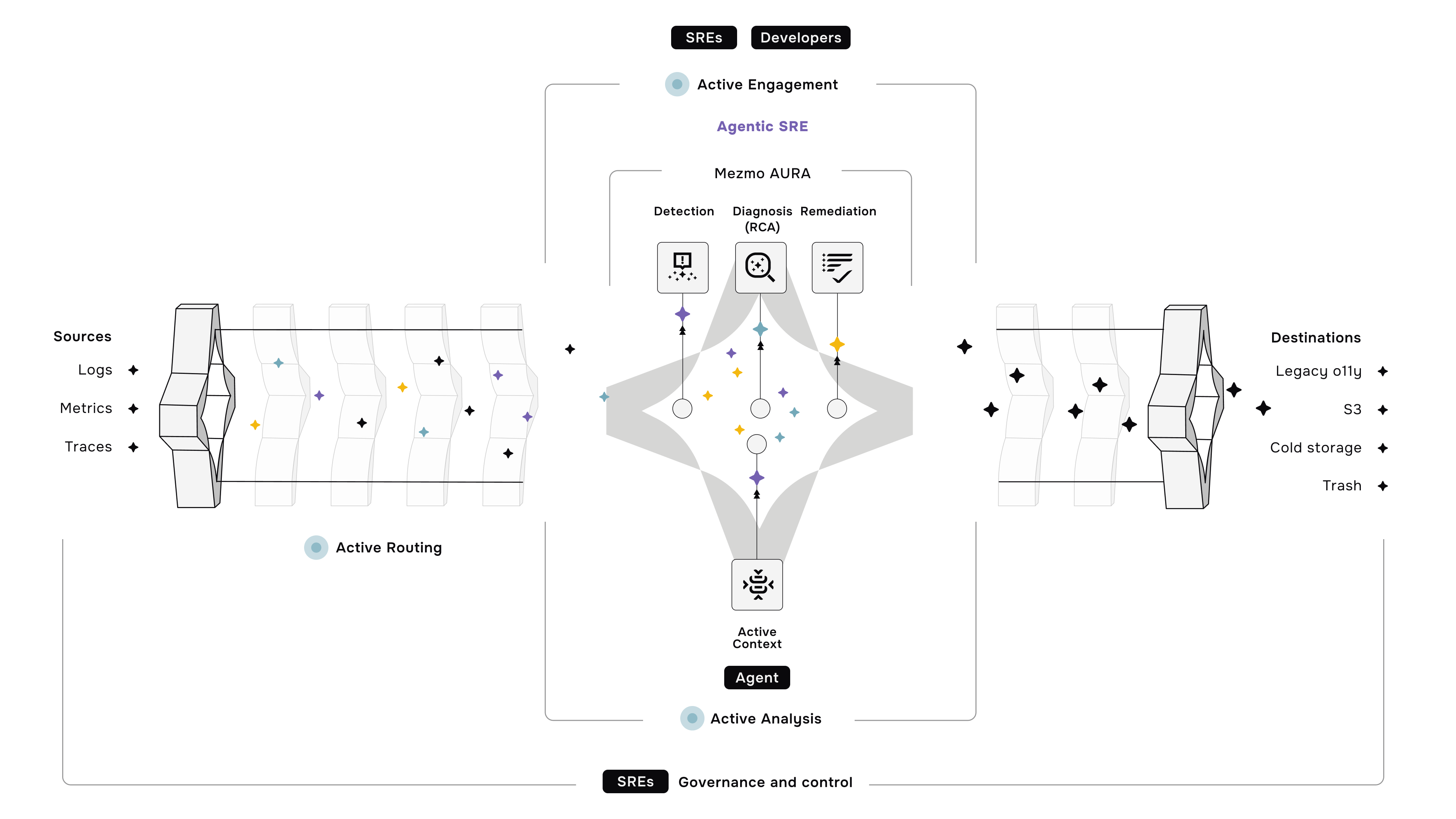






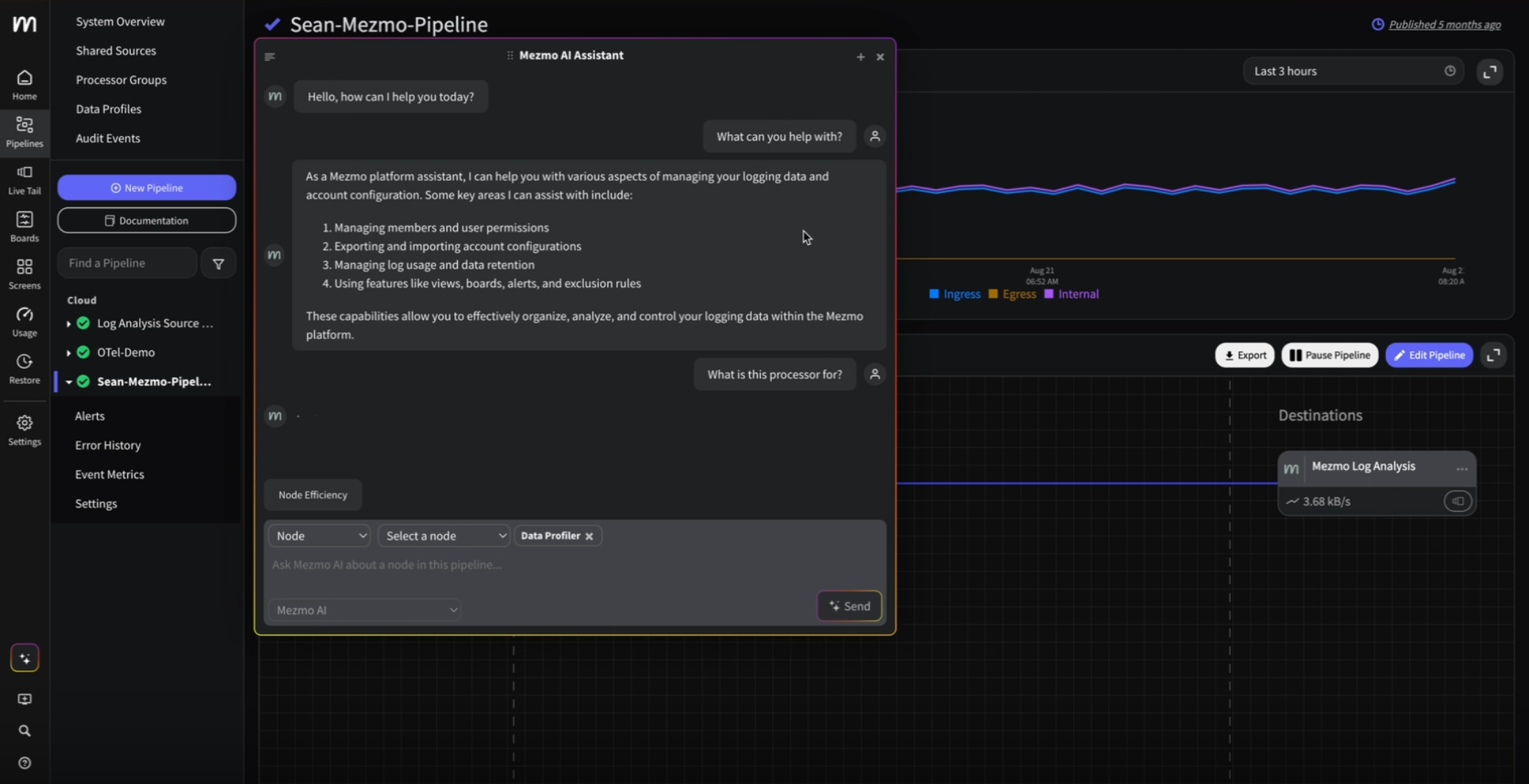
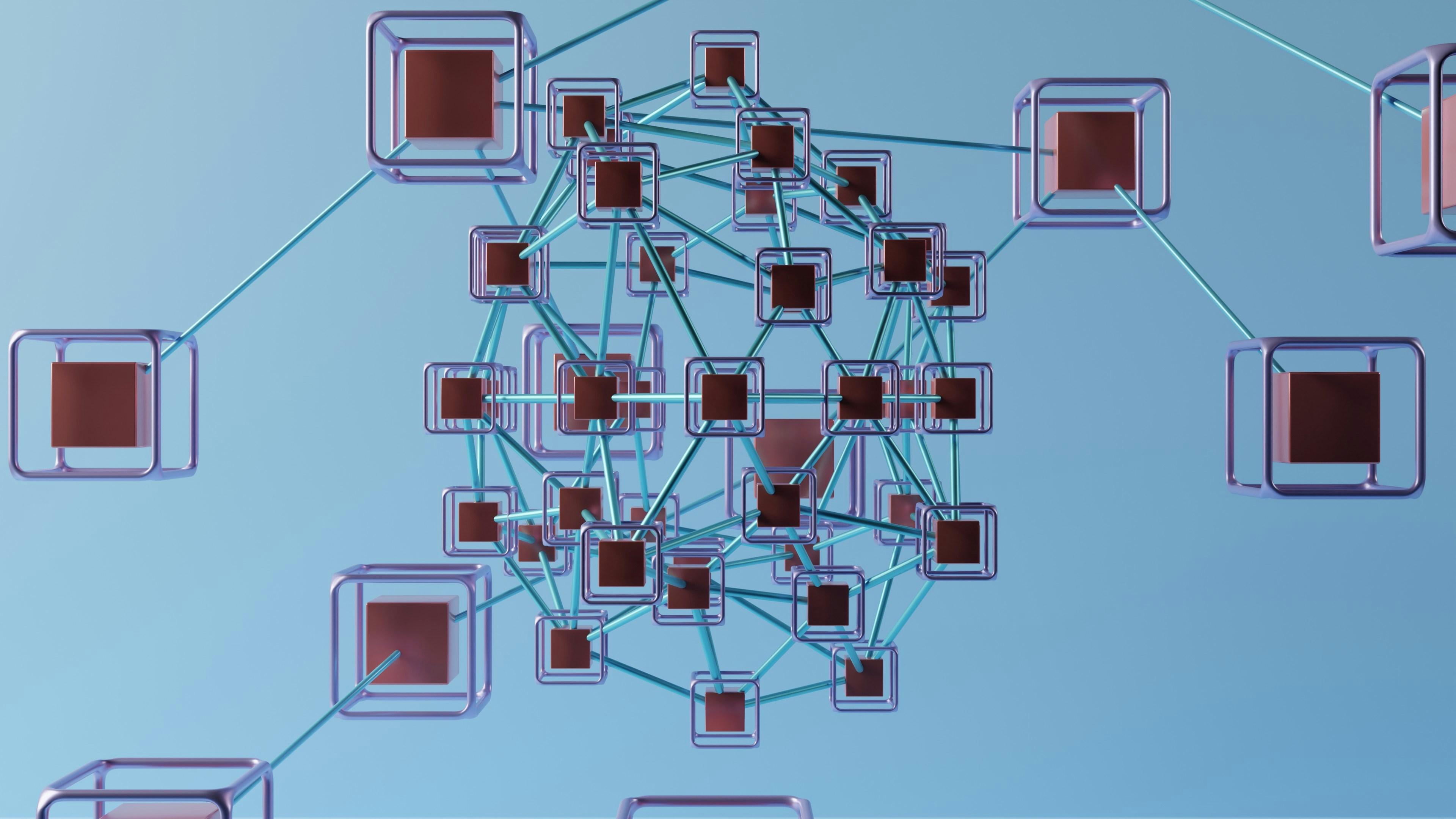

.png)




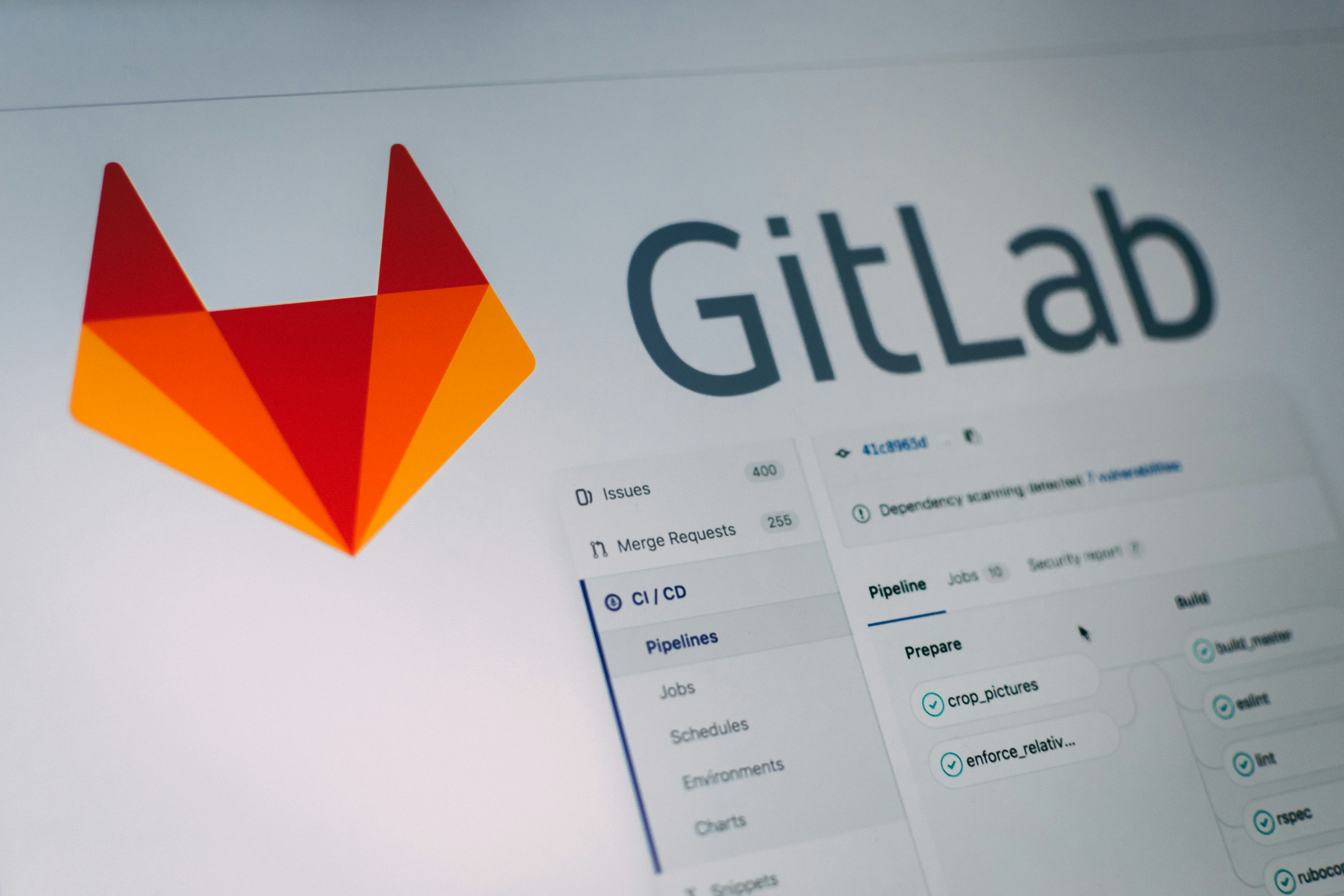



















.png)


































































